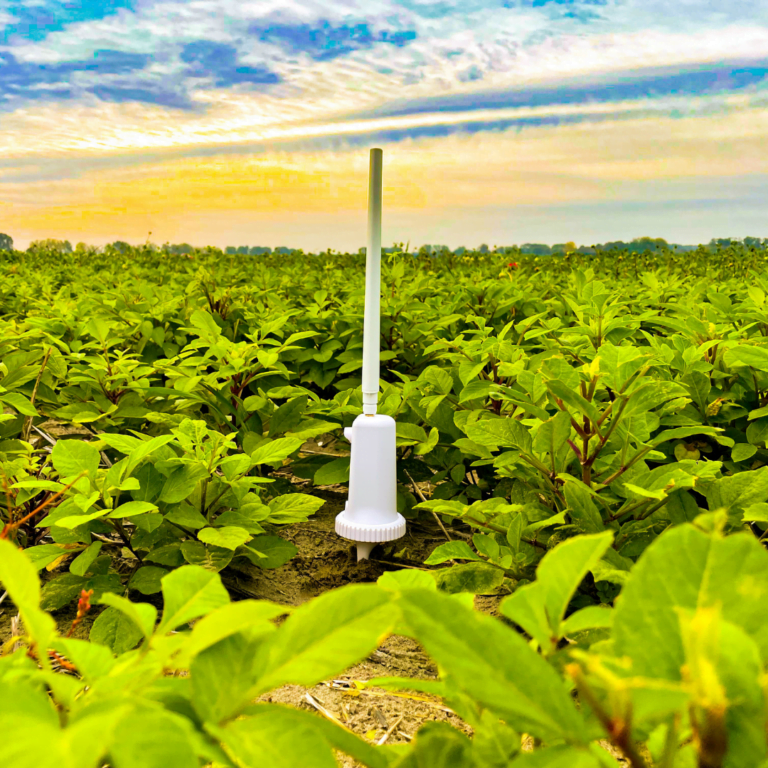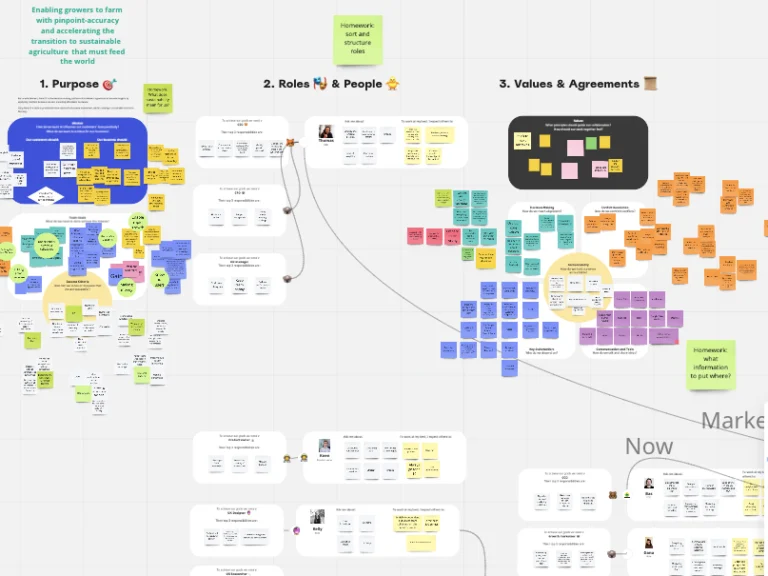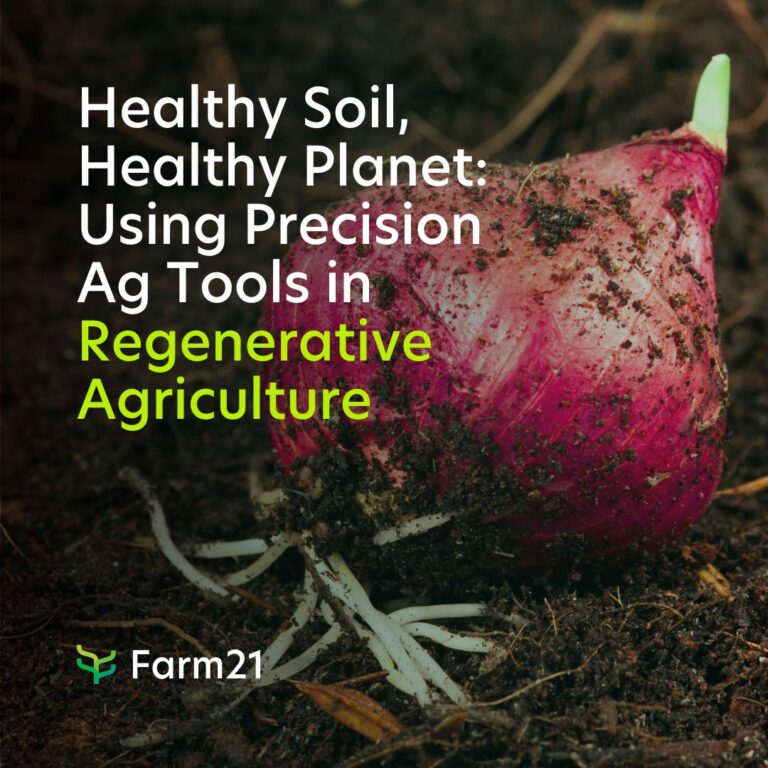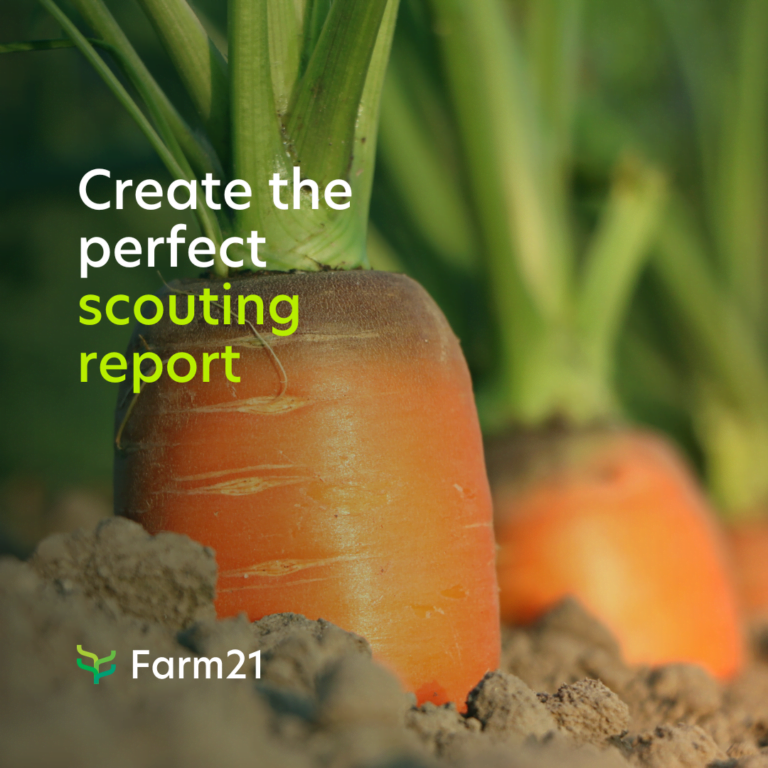Five significant benefits of precision farming tools for bulb growers
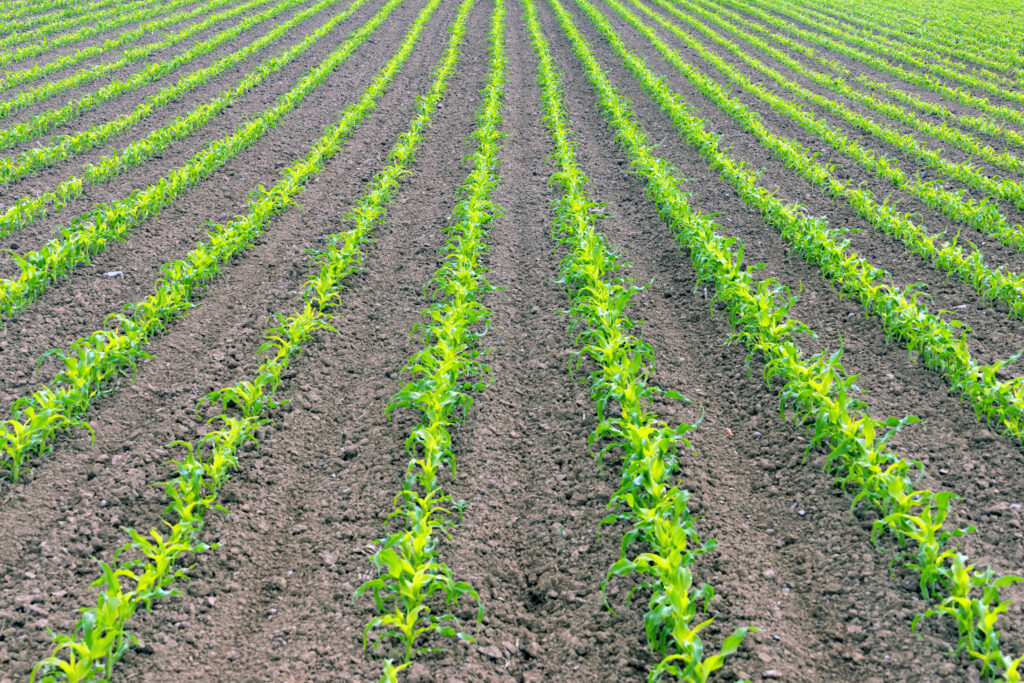
- Crops develop deeper and more resilient root systems
- Usable field insights are all in one (digital) place
- Fertiliser application is more efficient and sustainable
- Planting can be timed perfectly
- Monitoring field biomass and leaf moisture is made easy
The Netherlands is famous, among other things, for its flourishing flower industry. As the international leader in this sector, the country produces roughly 60% of the world’s supply of flower bulbs, with around 8.5 billion flower bulbs produced yearly. Tulips, crocuses, daffodils, lilies, hyacinths, gladioli and dahlias are the favourites, followed by many other miscellaneous bulbous plants.
The planting time of the bulbs depends largely on when they bloom. For instance, spring-blooming bulbs (like tulips and daffodils) are planted in September or October when the soil temperatures have cooled. Currently, many Dutch flower bulb farmers are getting ready to or are amidst planting. This is a vitally important time of year for them since the season’s success is determined by a solid foundational start. It goes without saying that a high, good-quality yield significantly impacts profitability. By using insights gained from pinpoint accurate data about the conditions of their fields and crops, growers can make better decisions to increase their chances of a successful yield.
As a Dutch company that developed affordable soil sensors and a smart farming data platform, Farm21 gained valuable insights from our users about the benefits of using smart farming tools when growing flower bulbs. Read our recent flower bulb case study over here.
Here are five significant benefits growers can expect from using our tech:
1. Crops develop deeper and more resilient root systems
Accurate data from soil moisture sensors help growers to optimise irrigation for a healthier yield. When decisions about when and how much water to give are based on accurate data, growers have better control over what is happening in their fields. Farmers often assume that watering is necessary if the top level of the soil is dry. However, this is not automatically the case. For example, creating a bit of drought stress at the beginning of the season is beneficial in terms of triggering root development, resulting in a stronger root system for the rest of the season. Knowing the exact soil moisture percentage gives the opportunity to regulate irrigation to achieve this.
With in-field soil sensors, growers can monitor the actual moisture levels in the soil and keep it at an optimum level. This, in turn, will not only help with growing a more resilient crop with deeper roots but also lead to more efficient water absorption. Eventually, the entire crop becomes stronger and the need to irrigate during the rest of the season is lower.
Find out more about our affordable sensors here.
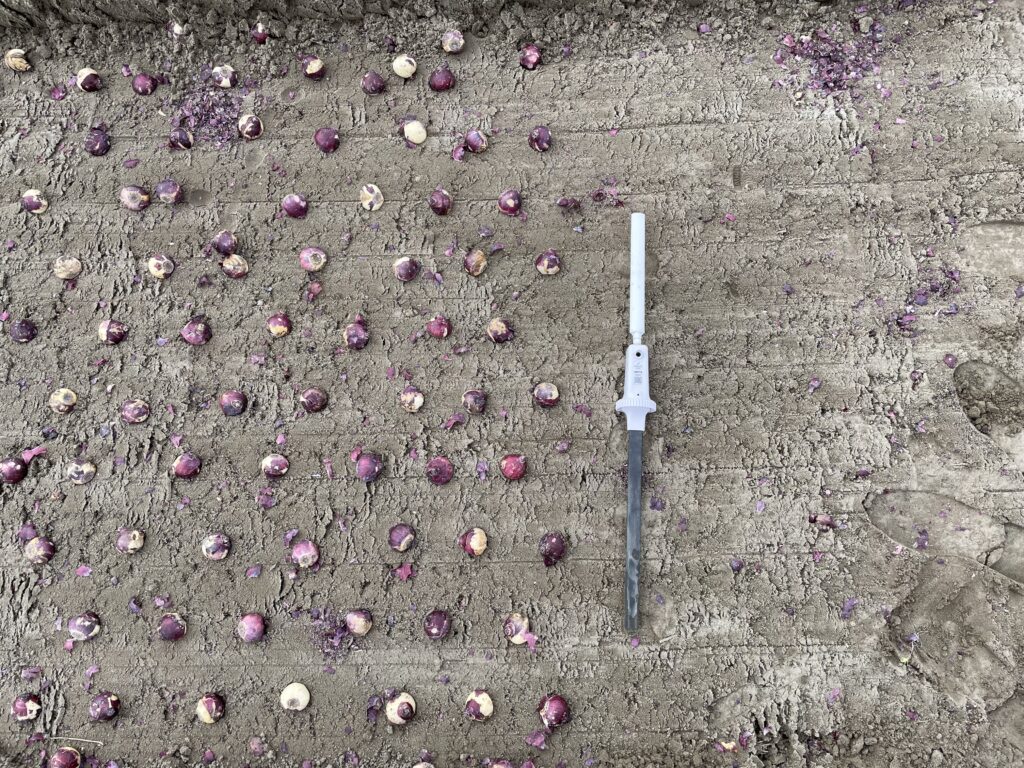
2. Usable field insights are all in one (digital) place
Huge amounts of data from different sources is of no real value if it can’t be easily accessed and interpreted. Farm21 created an easy-to-use digital platform where growers or crop advisors can access practical, usable information from satellites, sensors, the weather and field scouting. And it’s all available on one central hub.
With in-field sensors in appropriate locations you can have a steady stream of practical information straight from your crops, to your smartphone. Our data platform gives users access to valuable insights while saving time, energy and travel costs.
3. Fertiliser application is more efficient and sustainable
The goal of fertilising is to ensure crops get the nutrients needed to thrive. There must be adequate time for the fertiliser to react with the soil in order for the nutrients to be absorbed. This reaction can’t occur when the soil is frozen. It’s recommended to not apply fertiliser when frost is forecasted within a week of application and never to frozen or snow-covered ground. Poor timing of fertiliser application leads to runoff. As a result, it is forbidden to apply fertiliser on frozen soil or snow covered ground in the Netherlands.
With sensors in the field that give pinpoint accurate readings of the soil temperature and ground conditions, it is possible for growers to time fertiliser application perfectly, without the risk of runoff.
4. Planting can be timed perfectly
When accurate insights form the foundation on which decisions are based growers can take proactive action in the field. This often leads to healthier crops in the end. For example, bulb farmers know that planting too early will negatively impact the crops’ flowering performance. In essence, when the soil is too warm, the plant is tricked into thinking it’s time to grow. When this happens, crops’ waste’ their energy on making foliage in autumn instead of beautiful flowers in spring. A good rule of thumb is to have at least two weeks of nighttime soil temperatures that measure 10°C and below.
Our proprietary soil sensors connected to the Farm21 data platform mean you can accurately monitor soil temperature at different depths. With access to this and other information (like the air temperature and humidity), growers can make better-informed decisions and take the right action at the right time.
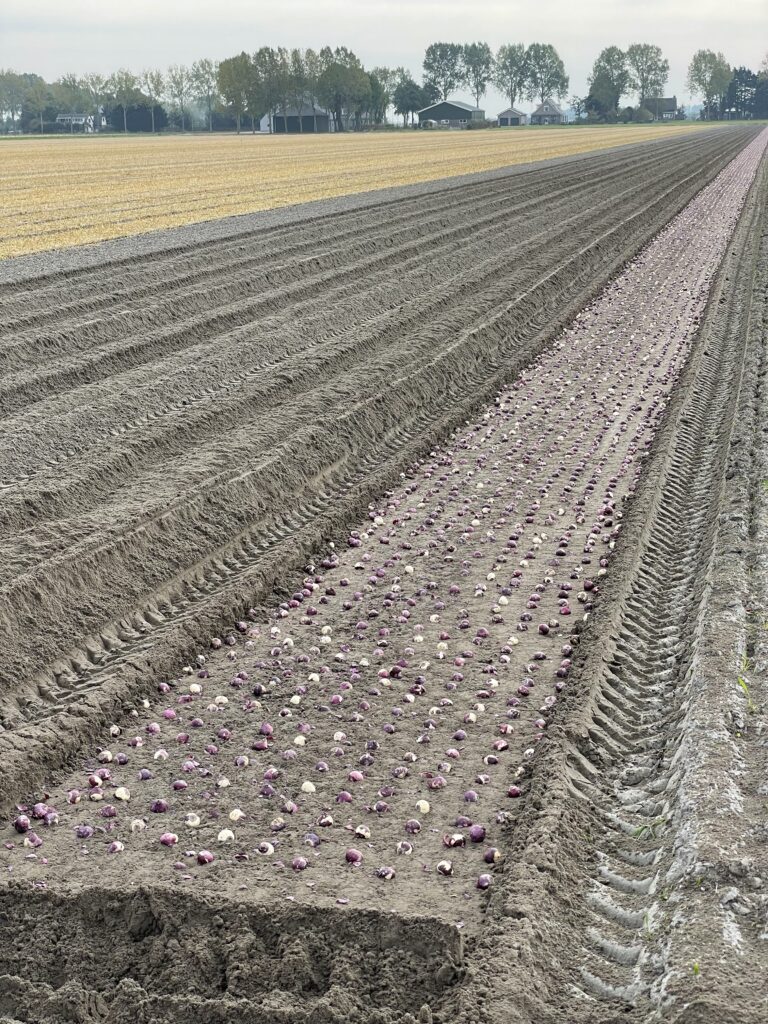
5. Monitoring field biomass and leaf moisture is made easy
Another innovative smart farming tool is the satellite imagery feature. It gives a complete overview of fields, so growers can spot areas of concern before it becomes a real problem. There are two kinds of indexes that provide valuable information for flower bulb growers:
a. NDVI – Normalised Difference Vegetation Index
This satellite imagery shows a field’s biomass. With this knowledge, growers can essentially determine the crops’ growth cycle in each part of the field and track how the growth progresses. It is also easy to compare different areas in order to have a complete overview.

For example, the image above shows the NDVI (biomass index) during the tulip growing season. It indicates a fast increase in biomass in April, which leads to flower development. The optimum flowering period can clearly be seen through the dip in the index (note that the satellites ‘see’ yellow when this happens). After the flowers are cut, green leaves appear again and the biomass index rises steeply. From this time, the bulbs will start growing and ripening until they are ready for harvest. This data provides valuable information about the period with a high biomass increase, the start of the flowering period as well as the length of the flowering period and the time after cutting.
b. NDMI – Normalised Difference Moisture Index
This satellite imagery shows the moisture levels of crop leaves. It will help growers spot potential problems that might occur in the field, which ideally leads to taking preventative action. In addition, users can easily see the difference between parts of the same field, and from that explore soil types and other factors that might be contributing to the difference.
Precision farming tools like these provide metrics that can help growers manage their farms more efficiently, leading to higher yields. Read more about precision farming metrics and how you can benefit from them here.
We want to help flower bulb growers to have their best season yet. That’s why we’ve made it super easy to get started with our smart farming solution:
Buy our affordable sensors here >> https://www.farm21.com/affordable-sensors/
We wish you the best for this planting season. May the weather be perfect and the crops healthy!

